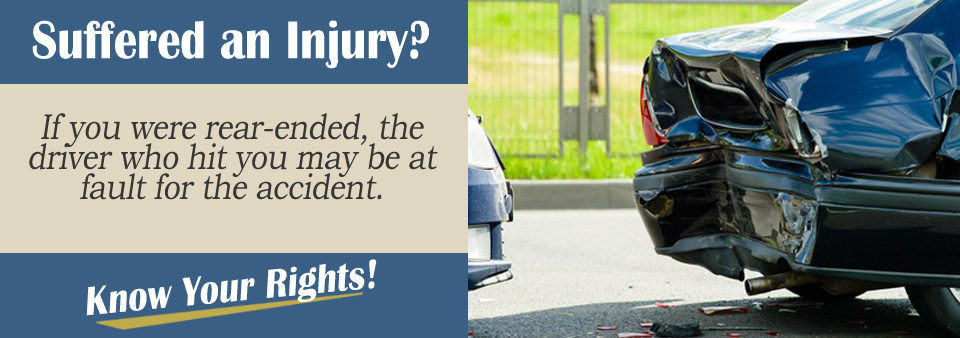An auto accident involves more than just the suffering involved if you are injured. There are real financial costs attached to an auto accident. If you were hit by another driver, can you prove who it was and how it happened?
This sort of proof might be vital if you wish to recover the cost of repairing or replacing your car, medical treatment you might need, wages or other income you have forfeited, as well as compensation for emotional and psychological suffering.
Talk to a personal injury attorney as soon as you are able to do so.
Rear-End Auto Accident Injuries
A rear-end auto accident is one of the most common types of auto accidents, according to the National Highway Traffic Safety Administration (NHTSA).
A rear-end accident happens when the vehicle behind you hits you from behind. The size of the impact and the speed at which the vehicle was traveling are key factors in the sort of injuries that can result. The most common injuries in a rear-end collision include:
- cuts and bruises, typically on the face;
- whiplash – a hard to diagnose but very painful neck injury;
- broken bones, anything from your skull to ribs and limbs;
- spinal damage;
- traumatic brain injury
Rear Enders: Who’s at Fault?
Proving who was at fault is at the heart of a successful personal injury claim. In a rear-end collision, the at-fault party is almost always the driver in charge of the vehicle behind you.
This is because it is a legal requirement for drivers who are driving behind another vehicle to leave sufficient space between themselves and the vehicle in front.
The ruling is a common sense one, as any vehicle in front can stop suddenly for a number of reasons.
The vehicle in front might have to stop abruptly to avoid hitting a child or a dog or another obstacle, or even brake suddenly to avoid a collision with the vehicle in front of it.
While the driver who rear-ended you is most likely to blame, there are a number of scenarios that may influence a personal injury claim as the driver in front may share some or even all of the blame in a small number of situations. This can include:
- faulty brake or turn lights;
- failure to use hazard lights when stopped on the roadside at night (e.g. because broken down or to fix a flat tire);
- reversing suddenly instead of moving forward (mistake with the gear change or failure to look carefully behind).
If there is more than one person at fault, the state laws on contributory negligence may determine whether a claim is possible or what percentage can be claimed.
How a Personal Injury Attorney Can Help
You may think that a rear-end auto accident is straightforward and it is obvious who was at fault, but personal injury lawsuits are rarely straightforward.
It is sensible to get legal help from an experienced personal injury attorney who specializes in auto accidents as soon as you can after the accident.
